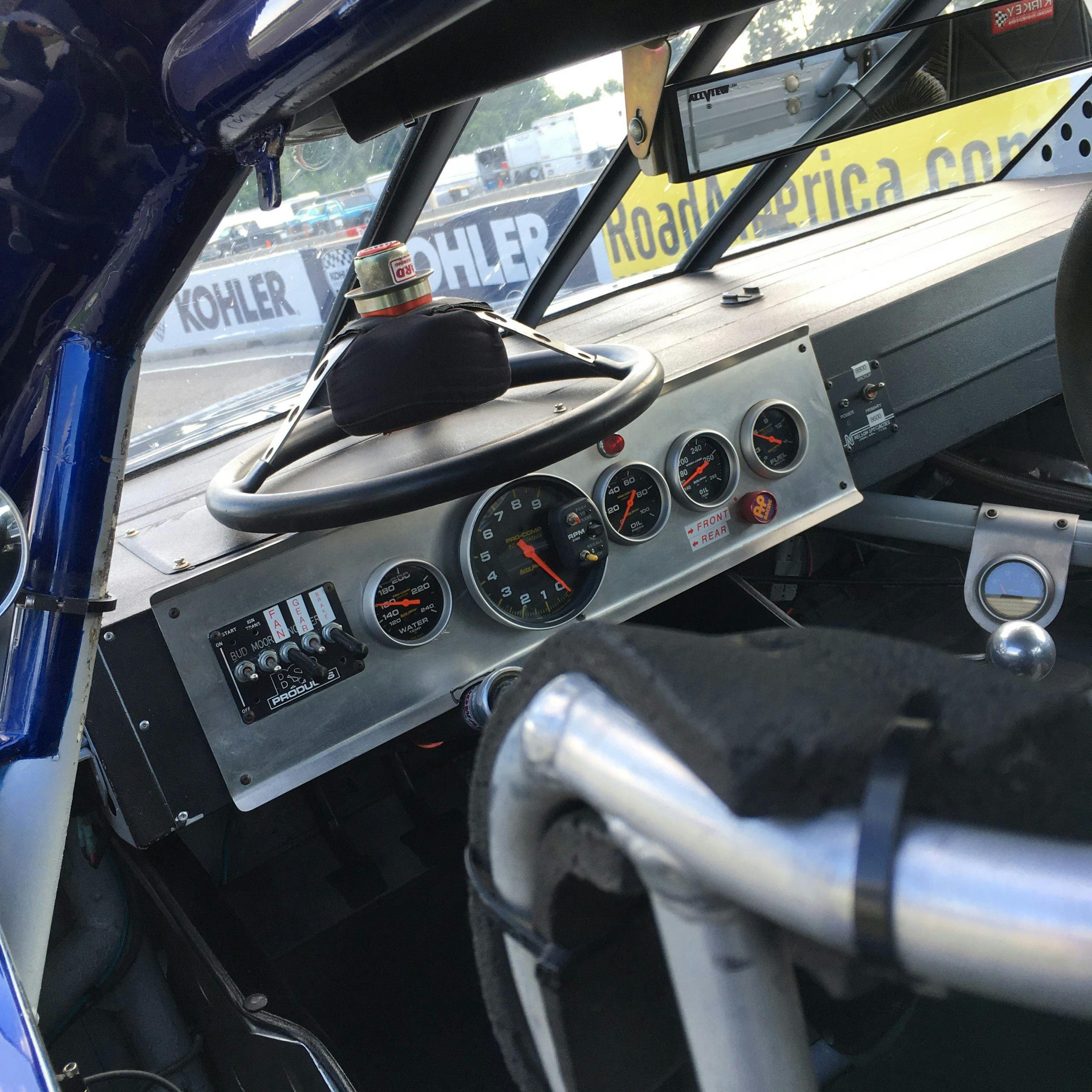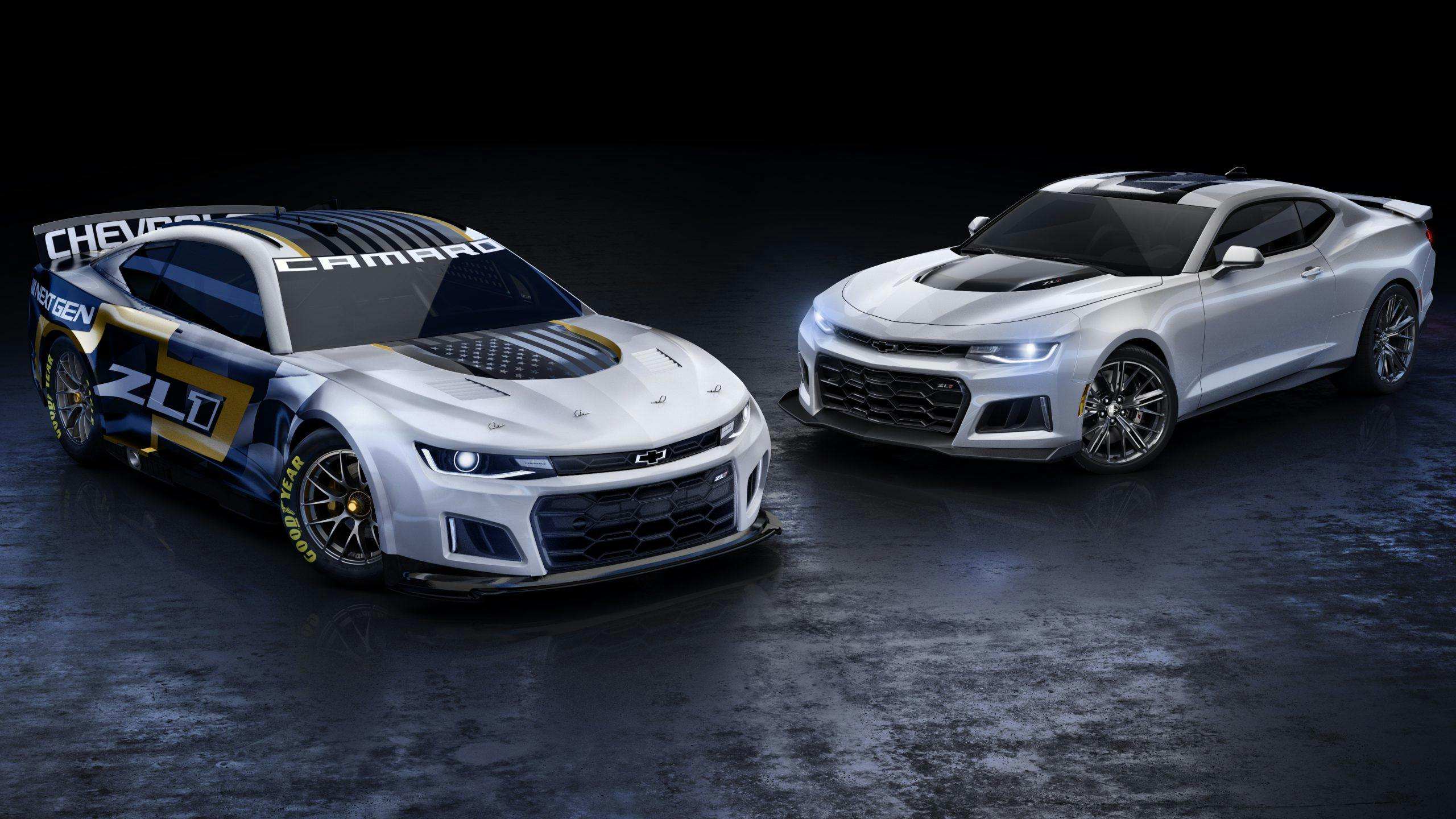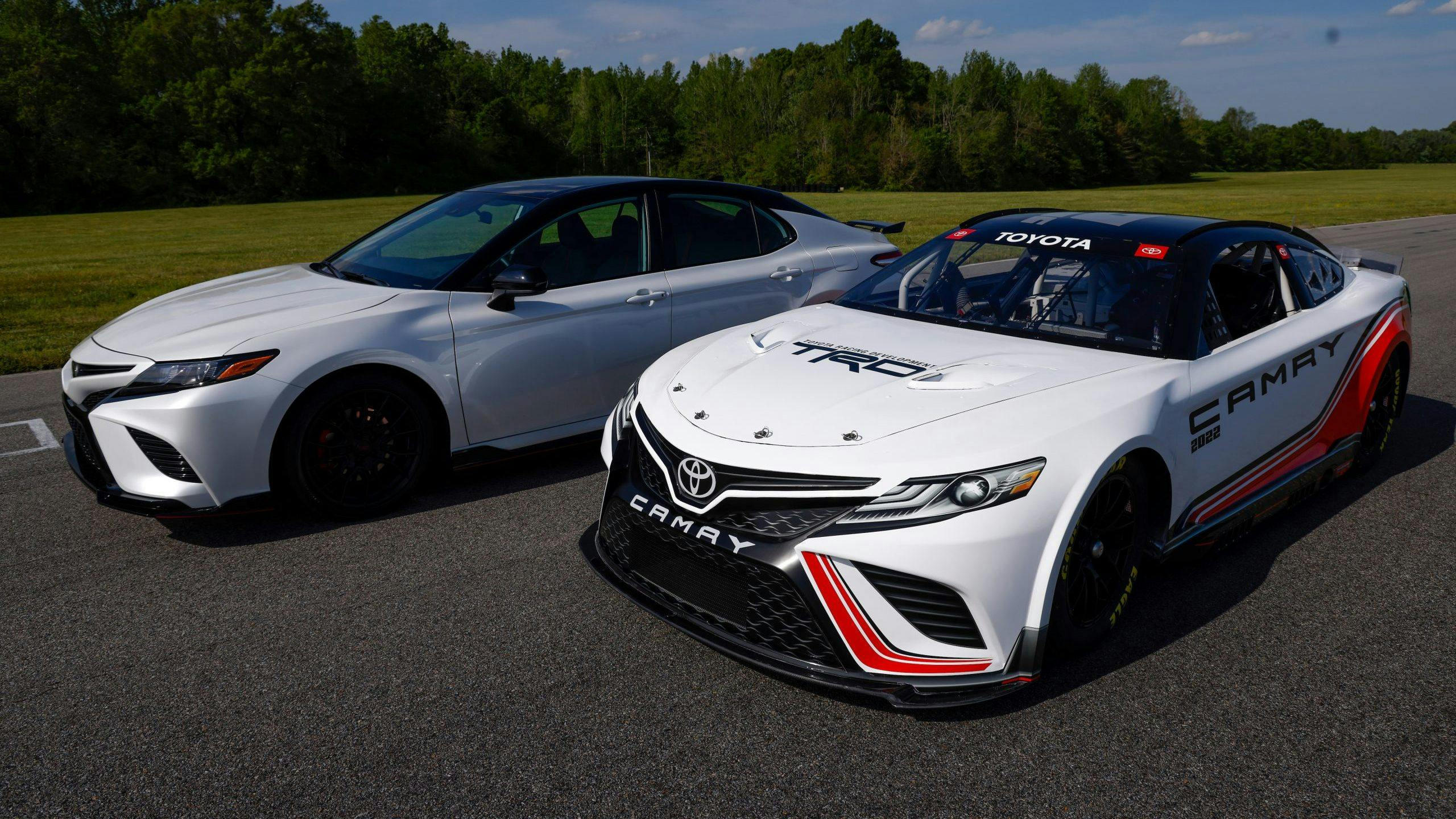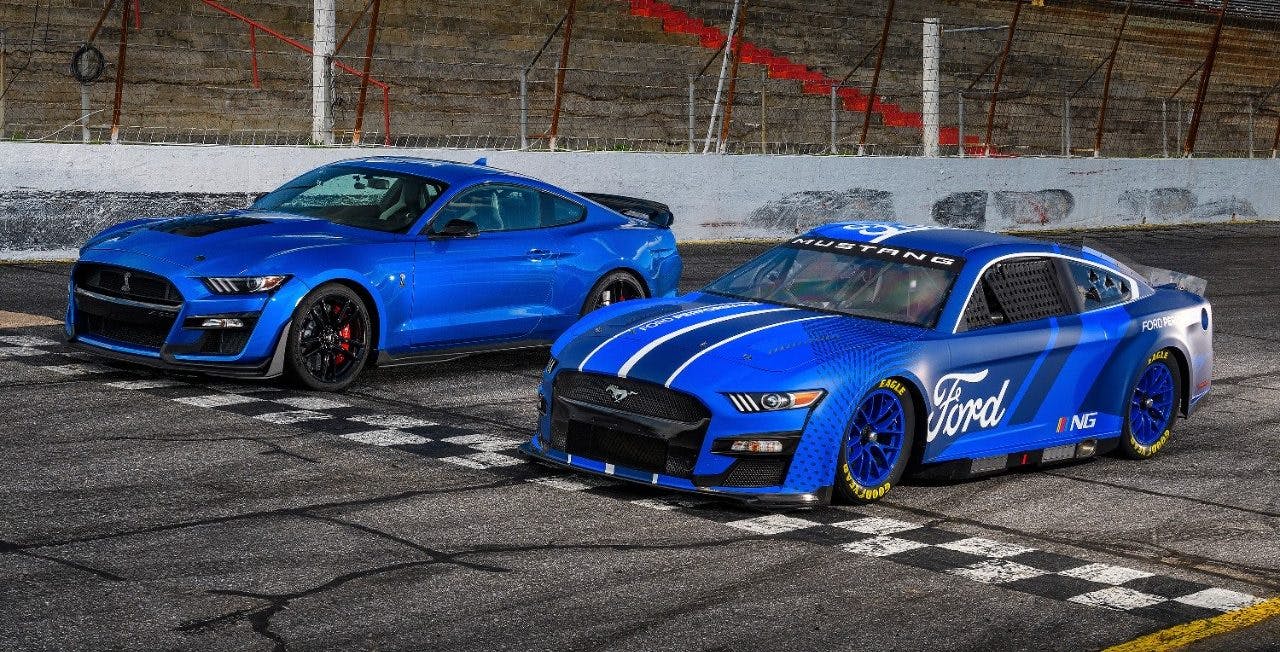Smithology: Boom, bust, and the roar of the crowd

Habemas stockam, as the Romans would have said: We have a new NASCAR Cup car, unveiled last week. A new mechanical pope for America’s largest motorsport religion, a redesigned stock car for the sport’s highest level, a new beast for Dega and Daytona.
Perhaps you are excited.
Statistically speaking, you’re probably not.
Set that aside for a moment and consider facts. This car will compete in the series once known as the Winston Cup. A series later called the Nextel Cup, after the defunct cellular brand. Then Sprint bought Nextel and we got Sprint Cup, and a big dose of cash later it was the Monster Energy Cup, and then, finally, just NASCAR Cup, which it remains today, no naming-rights sponsor, because money is fleeting in modern motorsport.
More to the point, massive corporations are no longer champing at the bit to moniker a business whose primary product remains, as an IndyCar driver once told me, “burning resources by driving around in circles.”
Especially if the audience for said product is shrinking, which it is.
How I adore racing. The resource spend may not be fashionable, but it is buckets of fun, and really, humans burn more energy in the production and disposal of frivolous tech gadgets, so most of us have no room to talk. (No one on earth seems to care that an Apple AirPod is at least as silly and wasteful in the grand scheme as a 200-mph race car, but race cars get more ink for being pointless. Average lifespan of an AirPod’s environmentally harmful lithium-ion battery: eighteen months. Serviceability of those batteries once dead: almost nonexistent. At least, as with NASCAR, millions are entertained.)
A new car for a throwback pastime. Why evolve at all, you ask? Forgive a moment for personal reflection. I have track-tested precisely two NASCAR Cup cars. The first was a 750-hp Bud Moore Ford Thunderbird, a road-course car—meant to turn right and left—constructed in 1993. That test took place at Road America, which was nice, because stock cars are fast and grand in a very American sense, and R.A. is both grandly American and gnarly fast, and also Sams love symmetry.
View this post on Instagram
Click to the right in that Insta slide, above, for a video of the snarly noise. So much snarly noise.
Many lessons from that day. A 160-mph braking zone, for example, is perhaps most interesting while you are strapped into a 3200-pound, 8800-rpm, live-axle dinosaur with the outward visibility of an underground bunker and engine noise like filthy love. If these factors do not put you off and you actually decide to carry on through a corner, you will be forced to manage a cowlike chassis with little interest in anything save the shouting of happy straight-line blat at the next horizon. Some street cars corner harder. There are brakes, and they are hugely needed, but you cannot ask them to do real work for very long or they will fade into nothing and tell you to go whiz up a rope.
Stock cars are purposely underbraked but also overpowered, undertired, and undersuspended. Their drivers are required to work hard and not suck at adult choices. The vibe behind the wheel is best described as nuclear sofa, or perhaps unmitigated hoot. Credit the underpinnings for that. Whether 1993 or 2021, a Cup car’s front suspension bears a striking resemblance to the A-arms on a ’66 Chevelle. The rear bits look like space-age truck parts and will actually bolt onto a few vintage pickups and cars. Updates through the ages have been practical and judicious. Several years after trying the Ford, I tested a 2019 Toyota Camry Cup car at Atlanta Motorsports Park; the feeling was virtually identical, but the details (chassis stiffness, aero and brakes, spring rate, damper tuning) had moved on. The car did the same job in the same way, just faster.
Tradition is half the point here. The other half is preserving a fair balance of competition, or at least the appearance of such. Most forms of pro motorsport are largely a test of wallet, and the National Association for Stock Car Auto Racing is no exception, but the antiquated layout and ostensible parity theoretically dust the whole process in something like blue-collar sporting chance. The cars fight the drivers and the drivers fight back, and everyone on the grid seems like a normal hot-rod human until you notice that the fast guys are all skinny and have perfect teeth. Years ago, big races would occasionally be won by an underfunded little guy; these days, the sport is mostly a caricature of its aw-shucks beginnings. A fact possibly reflected in the TV audience, which is either holding station or in long decline, depending on how you feel 2020 should fit into any statistical smoothing.
Naturally, the new machine is promised to fix some of that. The great honking V-8 and much of the old car’s structure carry over, but the stick axle and trailing “truck” arms are gone, replaced by independent suspension. The 15-inch steel wheels have been axed in favor of 18-inch center-lock alloys. A six-speed sequential transaxle steps in for the four-speed manual, and the front suspension now looks deeply unlike anything you might find in a gas station circa 1971. Critically, the bodywork more resembles current-year road cars—the Chevy Camaro, the Ford Mustang, the Toyota Camry.
Last but not least, as of next year, teams will no longer build their own iron. This is what racing people call a “spec car”—the whole paddock will buy bodies and chassis from an outside supplier.
And so the Duke Boys warp into the future, or at least out of the midcentury past. No more “fastest tractors in the world”; we’ve traded them in and received something like Australia’s tube-frame V-8 Supercars in exchange. The usual reasons have been cited: cost reduction and better racing, plus manufacturer interest. The pre-launch rumors were half the fun—paddock insiders weave tales of turbos and hybrids and stock-block V-6s! (Not yet.) Honda is coming! (Ditto.) Hyundai wants in! (Ditto again.) A few years ago, at the Daytona 500, I walked into a paddock motorhome and listened to an off-the-record Cup driver outline all the true gossip, but also how the series was in real trouble, and how costs would either come down yesterday or send the whole house of cards tumbling.
This is the business of racing, boom and bust. NASCAR management has long been accused of playing a kind of motorsport Calvinball, but in retrospect, it was just a pack of out-of-touch individuals trying to keep an old and stubborn ecosystem relevant without taking too many chances. You could blame them, but what would that fix?
As a famous man once said, driving the car is easy; getting paid for it ain’t.

Pontiffs are the most visible part of an ancient institution carrying a strange relationship with progress. I am not Catholic, but I do know that the Cup grid continues to hustle and slide cars at triple-digit speed, every human there knowing that a slight change in draft or crosswind may cause a wreck consuming four cars or eight or ten, and then their race is over, money fire-hosed away for nothing, day in and day out, 40-odd races a year, across the country. As it has been for decades.
That kind of consistency is rare in any business. The Next Gen is modern in part but not whole—it may be a reinvention, but there’s still no carbon-fiber tub, and electronic driver aids are still illegal. People will moan at the change, but you can’t live in the ’60s forever.
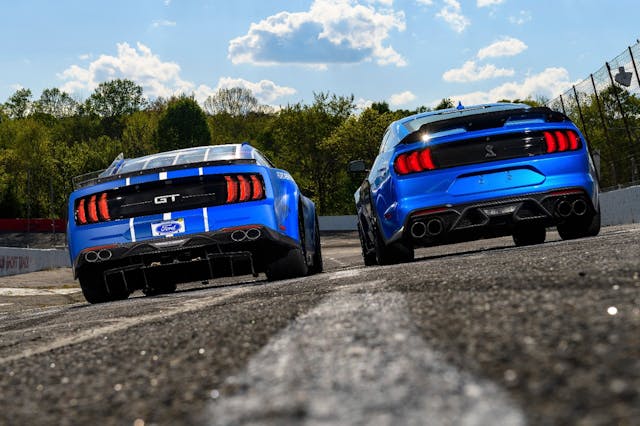
A new and fire-breathing race car in an age where such acts are mostly papam non grata: We should cheer the optimism. We should hang on the fences and watch unruly beasts hammer and slither through corners. We should almost certainly not get into debates as to what Big Bill France would think, or Dale Earnhardt, or Dan Gurney, because those gentlemen are no longer with us, and more to the point, none of them were fans of standing still.
You could stay home, of course, but then you’d never see anything new and almost certainly not go the fun kind of deaf. Unless you turn your AirPods all the way up and pull your shirt all the way off while yelling through your car window at ordinary street traffic, and really, what fun is that?
(Okay, it actually sounds pretty great. But you get the point.)
